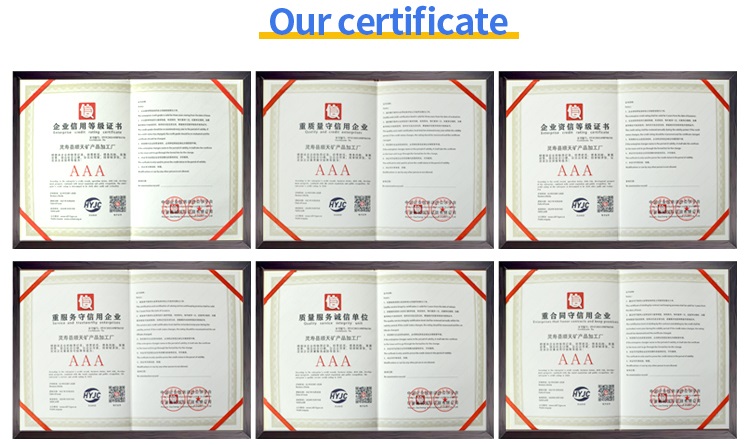
Exploring the Benefits of Peat Moss and Vermiculite for Gardening and Plant Growth
The Benefits of Using Peat Moss and Vermiculite in Gardening
When it comes to gardening and cultivating plants, the choice of soil and growing medium can significantly impact the health and vitality of your plants. Two popular materials that have gained attention among gardeners are peat moss and vermiculite. Each of these ingredients plays a unique and beneficial role in soil composition, enhancing drainage, aeration, and moisture retention. In this article, we delve into the characteristics, benefits, and best practices for using peat moss and vermiculite in your gardening endeavors.
Understanding Peat Moss
Peat moss is an organic material harvested from peat bogs, consisting mainly of sphagnum moss that has decomposed over thousands of years. Its dark, spongy texture makes it an excellent addition to any potting mix or garden soil. One of the primary benefits of peat moss is its ability to retain moisture while also allowing for effective drainage. This means that it can hold water without becoming soggy, providing a perfect environment for roots to thrive.
Peat moss is also slightly acidic, which can be beneficial for certain plants that prefer lower pH levels, such as blueberries and azaleas. Additionally, it is relatively lightweight, making it easy to mix with other soil components and ideal for container gardening.
The Role of Vermiculite
Vermiculite is a natural mineral that undergoes a heating process to expand into lightweight, fluffy particles. This unique structure allows vermiculite to retain moisture and aerate the soil effectively. It can hold up to three to four times its weight in water, which aids in reducing the frequency of watering. Furthermore, vermiculite is pH neutral, making it suitable for a wide variety of plants.
One of the distinct advantages of vermiculite is its ability to improve soil structure. It helps reduce compaction, allowing for better air circulation around the roots of plants. This is crucial for healthy root development, as well-oxygenated roots are less susceptible to diseases and can absorb nutrients more efficiently.
The Synergy Between Peat Moss and Vermiculite
peat moss and vermiculite

Combining peat moss and vermiculite creates an ideal growing medium that balances moisture retention with aeration. The spongy nature of peat moss retains water, while vermiculite provides necessary air pockets, creating an environment that supports healthy root growth. This synergy is particularly advantageous for novice gardeners who may struggle to find the right balance in their potting soil.
Using a mix of peat moss and vermiculite can lend itself to a variety of gardening methods. Whether you are starting seeds indoors, potting up houseplants, or preparing containers for your outdoor garden, this combination provides a fertile foundation for growth. The mixture also allows for optimal drainage, preventing root rot, a common issue caused by excess moisture in the soil.
Best Practices for Using Peat Moss and Vermiculite
1. Mixing Your Medium A common ratio for creating a soil mix is three parts peat moss to one part vermiculite. This combination allows for adequate moisture retention and aeration.
2. Testing pH Levels Since peat moss is slightly acidic, it is a good practice to test your soil’s pH level to ensure it meets the needs of your specific plants. You can amend the soil with lime to raise the pH if necessary.
3. Watering Techniques When using a peat and vermiculite mix, water your plants thoroughly but let them dry out slightly between waterings. This practice encourages healthy root development and prevents the soil from becoming overly saturated.
4. Storage and Handling Store unused vermiculite and peat moss in a dry place to prevent clumping and degradation of the materials.
In conclusion, peat moss and vermiculite are invaluable tools in the gardener's toolkit. Their unique properties complement each other, creating an optimal growing environment for a plethora of plants. Whether you’re a seasoned horticulturist or a novice gardener, incorporating these materials into your gardening practice can lead to flourishing plants and bountiful harvests.
Share
-
Premium Resin Coated Sand - High Heat Resistance CastingNewsJul.31,2025
-
High Quality Silicon Carbide Grit for Abrasive ApplicationsNewsJul.30,2025
-
High-Quality Ceramsite for Plants & Gardening | Lightweight PebblesNewsJul.29,2025
-
Premium Burgundy Glass Marbles for Vases & Shooter GamesNewsJul.29,2025
-
High Purity Quartz Sand for Industrial and Ground ApplicationsNewsJul.29,2025
-
High-Quality Barite Powder for Drilling & Industrial UseNewsJul.29,2025






